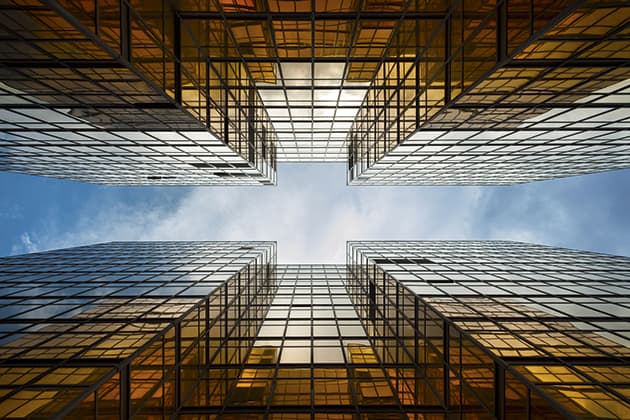Humans love symmetry. According to scientists, the more symmetrical a person’s body is, the more attractive they look to the opposite sex. The reason for this is that signs of asymmetry can be signs of genetic or environmental stress – in other words, indicators of biological weakness.
The ancient Greeks were among the first to recognise that humans use symmetry as a tool to assess how beautiful an object is, and since then, artists, interior designers and countless other creatives have used this knowledge to inform their work. To be truly symmetrical, a picture needs to be made up of similar parts either facing each other or based around an axis – think mountains reflected in a lake, with a line of ground dividing the frame in two.
- Looking for symmetry in nature is easy: butterfly wings, honeycomb and shells are useful fodder. You can also seek symmetry in the wider landscape, the human form and architecture. Don’t limit yourself to mirror-like reflections.
- There are a few inbuilt camera features that will help you to capture a perfectly symmetrical composition. Electronic levels and grids, for example, will allow you to keep everything straight and centred.
- Symmetrical images are easy for viewers to process, but they can be one-dimensional. To hold a viewer’s attention for longer, try slightly breaking the symmetry – one blacked-out window in a block of four, for instance.
- If you want to capture mirror-like reflections where everything is uncannily equal, but your subject won’t allow for this, try shooting with your phone and using an app such as SparkMode, Photo Mirror, Collage or Circular+.








